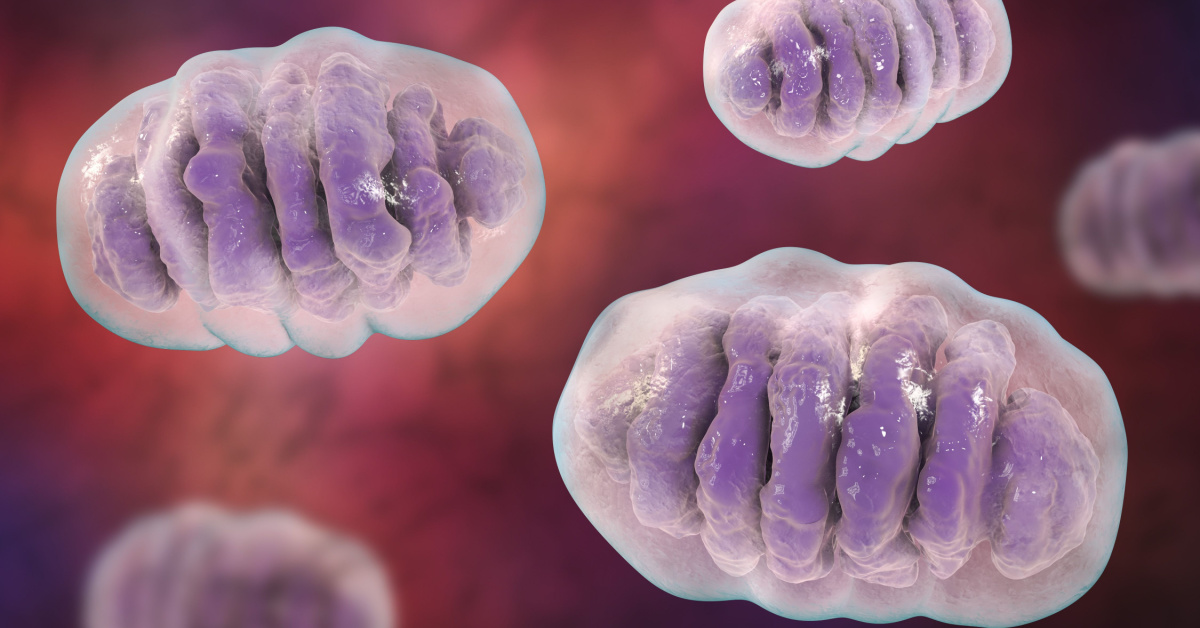Summary
Chanarin-Dorfman syndrome (CDS) is a rare genetic disorder with distinct features. These include dry and scaly skin evident from birth, alongside the development of progressive fatty liver disease and varying degrees of muscle-related issues. In addition to these primary characteristics, individuals with CDS may also experience vision problems, hearing loss, reduced stature, and mild intellectual disability.1,2 While the skin abnormalities are noticeable from birth, the diagnosis of CDS often occurs during childhood, typically a few years after delivery, when additional symptoms become more pronounced. Currently, available treatment options for this condition are limited and primarily focused on managing skin-related symptoms.2 One potential intervention involves a low-fat diet supplemented with medium-chain triglycerides (MCTs) to improve the liver condition. Additionally, motor rehabilitation is often deemed necessary for patients experiencing muscle-related problems, such as myopathy, to address their specific needs and improve their quality of life.2,3
In this article, we will delve into the details of Chanarin-Dorfman syndrome, exploring its causes, symptoms, diagnosis, and management.
Introduction
Dorfman first documented this syndrome in 1974 in Jerusalem. Over 128 CDS patients have been reported worldwide, especially in the Mediterranean and Middle East, and adhere to an autosomal recessive inheritance pattern. It arises from a mutation within the ABHD5 gene and is strongly associated with the accumulation of cytoplasmic neutral lipid droplets at multiple locations throughout the body, notably in the liver.1,2
It’s worth noting that lipid vacuoles within leukocytes from peripheral blood smears were initially identified by Jordan in 1953 in two brothers with progressive muscular dystrophy. Subsequently, two decades later, in 1974 and 1975, Dorfman and Chanarin independently reported the existence of a neutral lipid storage disorder, marking the first recognition of lipid buildup in peripheral blood leukocytes, bone marrow granulocyte precursors, liver cells, and various other cell types within the body. This landmark discovery has been instrumental in our understanding of the syndrome’s pathogenesis.2
Symptoms and Clinical Features

Chanarin-Dorfman syndrome manifests in various symptoms, with the severity and combination of features varying from person to person. Some of the most common clinical features include:
- Ichthyosis: Perhaps the most recognizable symptom is ichthyosis, a skin condition characterized by dry, scaly, and thickened skin. This condition often presents at birth or early infancy and can be severe, causing discomfort and affecting a person’s overall quality of life.1,2,3
- Hepatic Involvement: Individuals with Chanarin-Dorfman syndrome may develop liver abnormalities, including hepatomegaly (enlarged liver), hepatosteatosis (fat accumulation in the liver), and liver function impairment. In some cases, this can progress to liver fibrosis or cirrhosis.2
- Muscle and Adipose Tissue Involvement: Abnormal triglyceride storage can also affect skeletal and adipose tissue. This may result in muscle weakness, decreased muscle mass, and the formation of fatty groups within the muscles, known as “pseudohypertrophy.”2
- Ocular Abnormalities: Some individuals may experience ocular abnormalities, such as conjunctivitis, corneal opacities, or cataracts, which can affect vision.3
- Hearing Impairment: Sensorineural hearing loss has been reported in some cases, though it is less common than other symptoms.3
- Neuropathy: Peripheral neuropathy, characterized by tingling, numbness, and weakness in the extremities, can also occur in individuals with Chanarin-Dorfman syndrome.2,2
Causes Amplified
At the core of Chanarin-Dorfman syndrome lies the abhydrolase domain containing the 5 (ABHD5) gene, alternatively recognized as the comparative gene identification-58 (CGI-58) gene. Nestled on chromosome 3p21, this genetic culprit is the prime instigator of the syndrome’s onset. Encoded within this gene is a protein spanning 349 amino acids, boasting a molecular mass of approximately 39 kD. This protein is the key activator of adipose triglyceride lipase (ATGL), an enzyme pivotal in intracellular lipolysis.3
However, the treacherous twist lies in the genetic mutations of ABHD5. When this gene undergoes modifications, it either partially or completely incapacitates the ATGL enzyme. Consequently, the cellular mechanisms responsible for liberating fatty acids (FAs) from intracellular triacylglycerol (TG) reserves in adipose and non-adipose tissues are hamstrung. This dysfunction leads to a deficiency in the mobilization of FAs within the cell, ultimately culminating in the formation of intracytoplasmic lipid droplets laden with TG—a hallmark of Chanarin-Dorfman syndrome.3,4
Diagnosis and Genetic Testing2

Diagnosing Chanarin-Dorfman syndrome typically involves a combination of clinical evaluation, biochemical tests, and genetic testing. Physicians may perform blood tests to assess lipid levels and liver function, as well as skin biopsies to confirm the presence of ichthyosis. Performing genetic sequencing on individuals who have received a diagnosis of Chanarin-Dorfman syndrome (CDS) can serve as a valuable means to validate and affirm the accuracy of the diagnosis.
Management and Treatment2,3
As Chanarin-Dorfman syndrome is a genetic disorder, there is no cure. Treatment primarily focuses on managing and alleviating the individual symptoms and complications associated with the condition. Here are some key aspects of management:

- Skin Care: Patients experiencing severe ichthyosis may be prescribed an oral retinoid, such as “acitretin,” as part of their treatment regimen. Additionally, the topical application of emollients containing urea has proven efficacious in these cases. Ursodeoxycholic acid (UDCA) combats cholestasis using a multifaceted approach encompassing anti-inflammatory, immunomodulatory, and antiapoptotic mechanisms.
- Dietary Management: Due to the risk of liver involvement and triglyceride accumulation, individuals may benefit from a low-fat diet and close monitoring of liver function. In some cases, dietary supplements such as medium-chain triglycerides (MCTs) may be recommended.
- Physical Therapy: Physical therapy can help manage muscle weakness and improve mobility, especially in cases with significant pseudohypertrophy.
- Hearing Aids: In individuals with hearing impairment, hearing aids may be recommended to improve communication and quality of life.
- Ongoing Monitoring: Regular medical follow-ups are essential to monitor the syndrome’s progression and promptly address emerging complications.
In cases where patients have Chanarin-Dorfman syndrome (CDS) coupled with decompensated cirrhosis, liver transplantation could emerge as a viable consideration. Nevertheless, these individuals will continue necessitating dietary management and ongoing surveillance even after transplantation.1,4
Conclusion
Chanarin-Dorfman syndrome is a rare genetic disorder affecting multiple organ systems, including the skin, liver, and muscles. While it is a challenging condition to manage, advancements in genetic research have improved our understanding of the syndrome and its underlying causes. With early diagnosis and comprehensive medical care, individuals with Chanarin-Dorfman syndrome can receive the support and treatment needed to enhance their quality of life and manage the various symptoms of this unique genetic disorder. Further research and awareness of rare conditions like Chanarin-Dorfman syndrome are crucial to improving the lives of affected individuals and their families.1,2,3,4
References
- What is Chanarin-Dorfman Syndrome? (Accessed Oct 05, 2023). [Internet] https://www.news-medical.net/health/What-is-Chanarin-Dorfman-Syndrome.aspx#
- Cakmak, E., & Bagci, G. Chanarin-Dorfman Syndrome: A comprehensive review. Liver international: official journal of the International Association for the Study of the Liver (2021), 41(5), 905–914. https://doi.org/10.1111/liv.14794
- Hawat, M., Khouri, L., & Almansour, M. Splenectomy in Chanrain-Dorfman syndrome. Journal of Pediatric Surgery Case Reports (2021), 68, 101822.
- Kalyon, S., Gökden, Y., Demirel, N., Erden, B., & Türkyılmaz, A. Chanarin-Dorfman syndrome. The Turkish journal of gastroenterology: the official journal of the Turkish Society of Gastroenterology (2019), 30(1), 105–108.https://doi.org/10.5152/tjg.2018.18014




